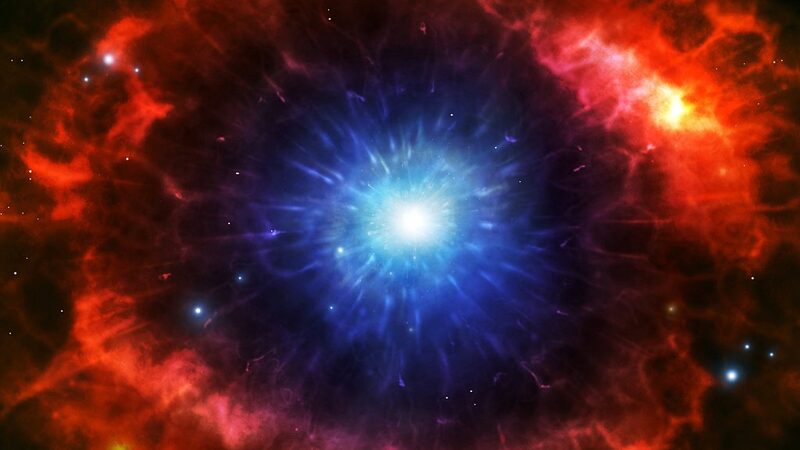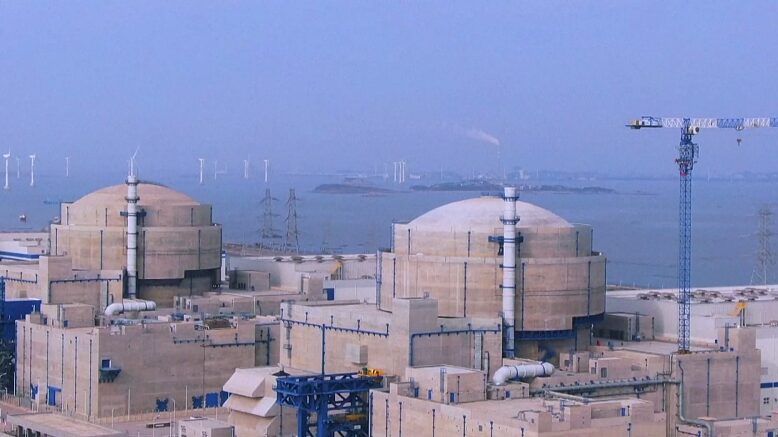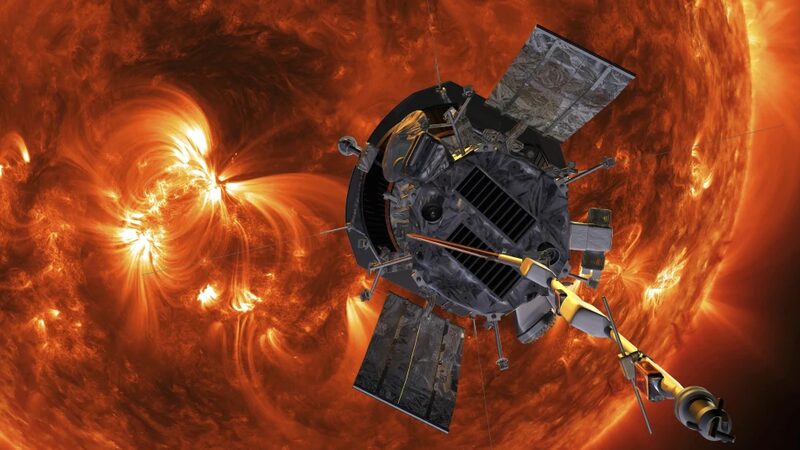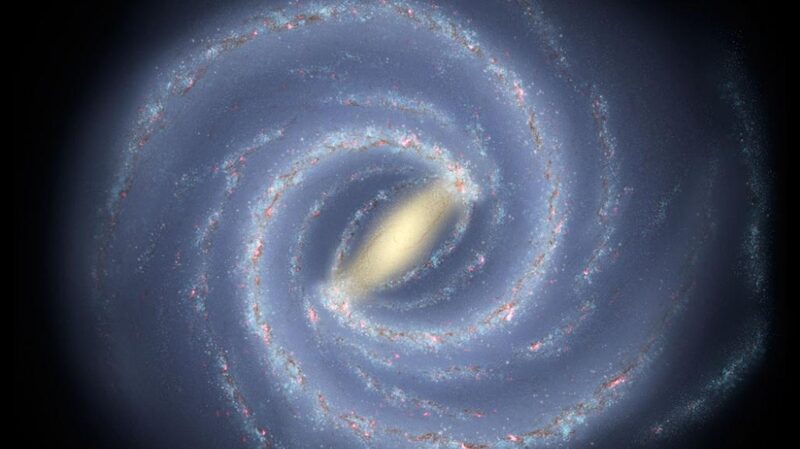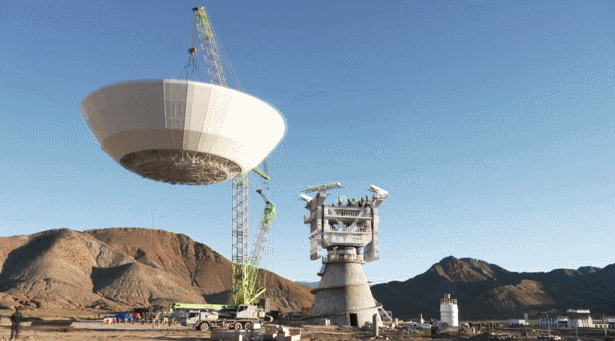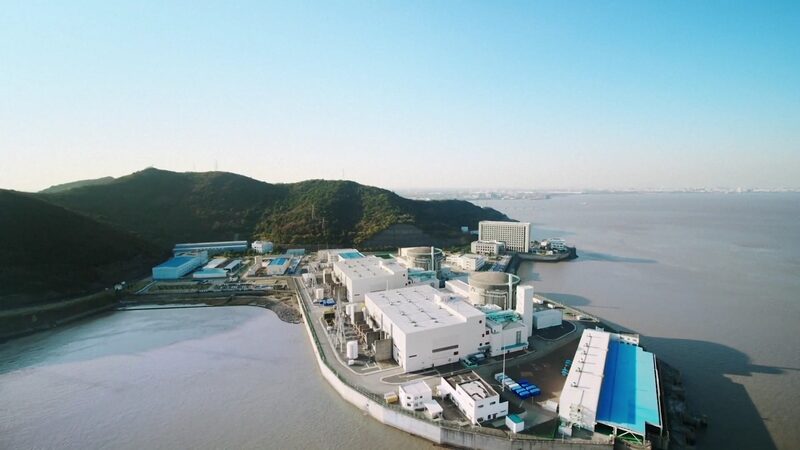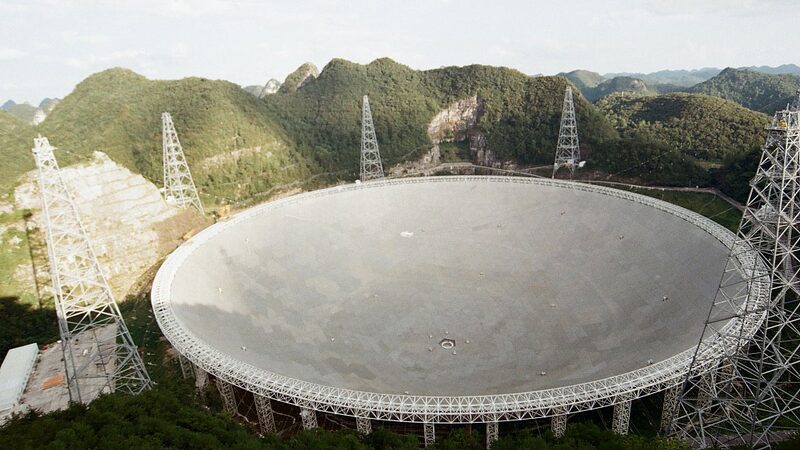In a groundbreaking achievement, a multinational team of astronomers led by Israel’s Weizmann Institute of Science has captured a supernova explosion in unprecedented detail. Utilizing NASA’s Hubble Space Telescope, the team witnessed in real-time one of the closest supernovae observed in decades—a red supergiant star exploding in the neighboring galaxy Messier 101.
Supernovae are colossal explosions marking the end of a massive star’s life cycle. When a star exhausts its nuclear fuel, it collapses under its own gravity, leading to a spectacular burst of energy and matter that can outshine entire galaxies. This particular event offered astronomers a rare opportunity to study the early stages of a supernova’s light emerging from the circumstellar material surrounding the dying star.
“This is a once-in-a-lifetime chance to watch a supernova unfold with such clarity and depth,” the researchers stated. By closely following the emergence of the supernova’s light, they acquired data from before the star’s demise, creating the most comprehensive portrait of a supernova to date—a composite capturing its final days and explosive end.
The team also discovered a significant gap between the mass of material ejected during the explosion and the star’s original mass. This discrepancy suggests that the supernova left behind a black hole, into which the missing mass was drawn. This finding provides invaluable insights into the life cycles of massive stars and the formation of black holes.
“This study presents a unique opportunity to better understand the mechanisms that lead to the conclusion of a star’s life and the eventual formation of something entirely new,” the researchers concluded. Their work, published in the journal Nature, opens new pathways for understanding the complex processes that govern stellar evolution and death.
Reference(s):
Astronomers map supernova explosion in 'unprecedented' detail
cgtn.com
